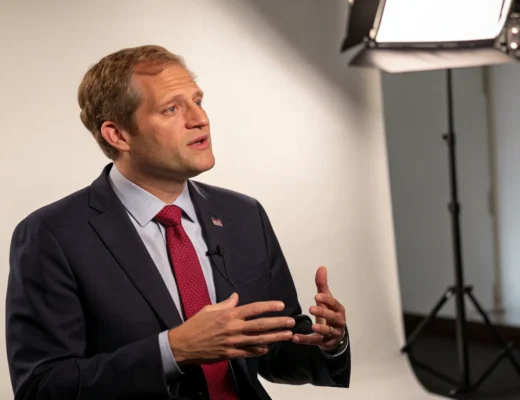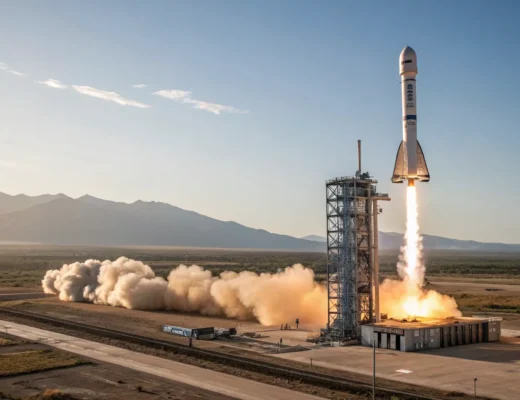Beyond the Numbers: How Saurabh Kumar is Reshaping Industries Through Data Science
by / ⠀News / November 8, 2024
“I still remember the smell of coal in the air,” Saurabh Kumar says, describing his childhood in Bokaro, a steel township in Eastern India. “Growing up in an industrial town, you understand the power of data before you even know what to call it. The steel plant engineers would predict production output based on hundreds of variables—that was my first glimpse of what would become my life’s work.”
That early exposure to industrial-scale data analysis would prove invaluable in Kumar’s groundbreaking work at NASA, where he tackled one of the most pressing environmental challenges of our time: predicting and preventing large-scale fires across continents.
Previous Post







